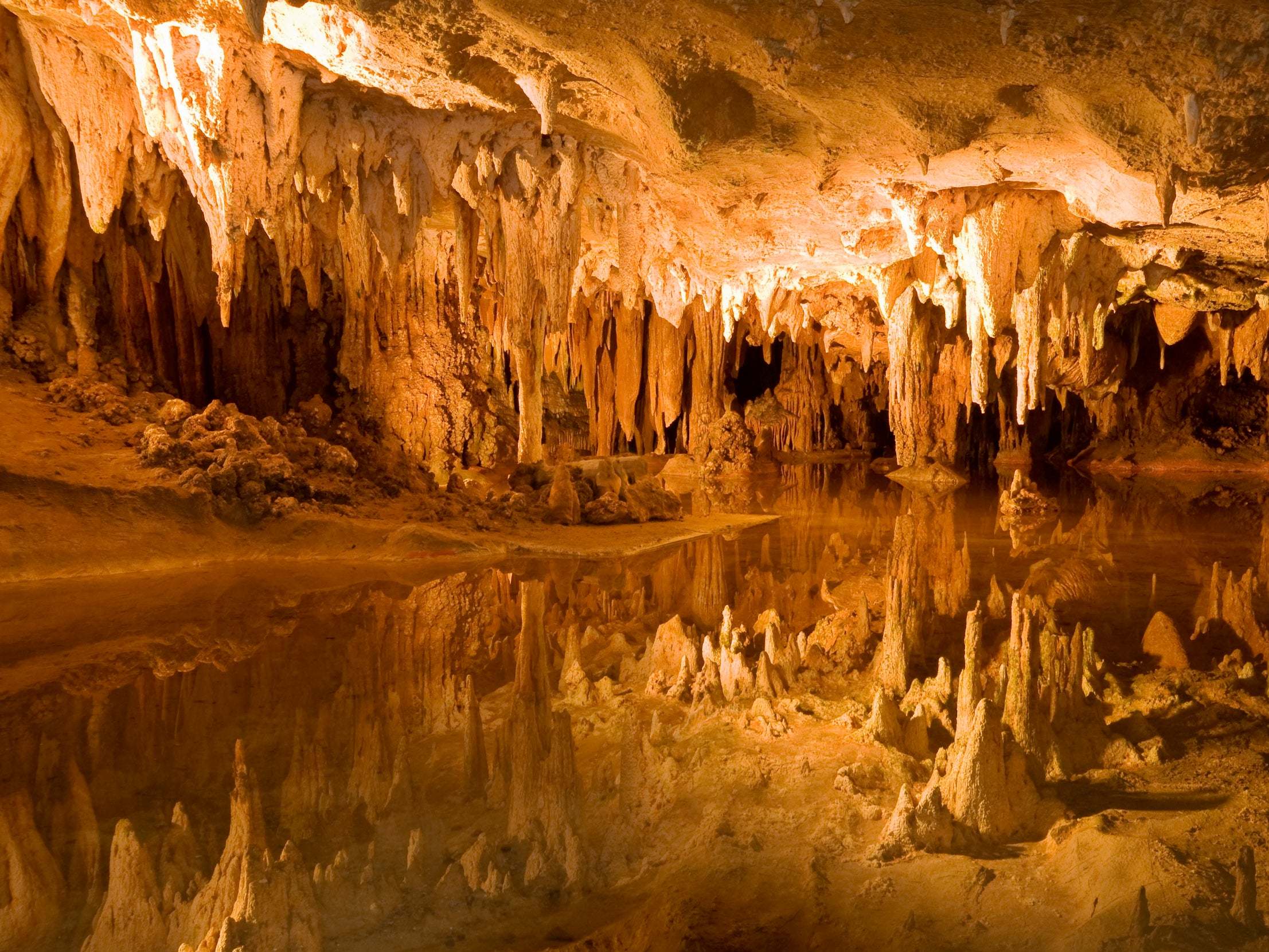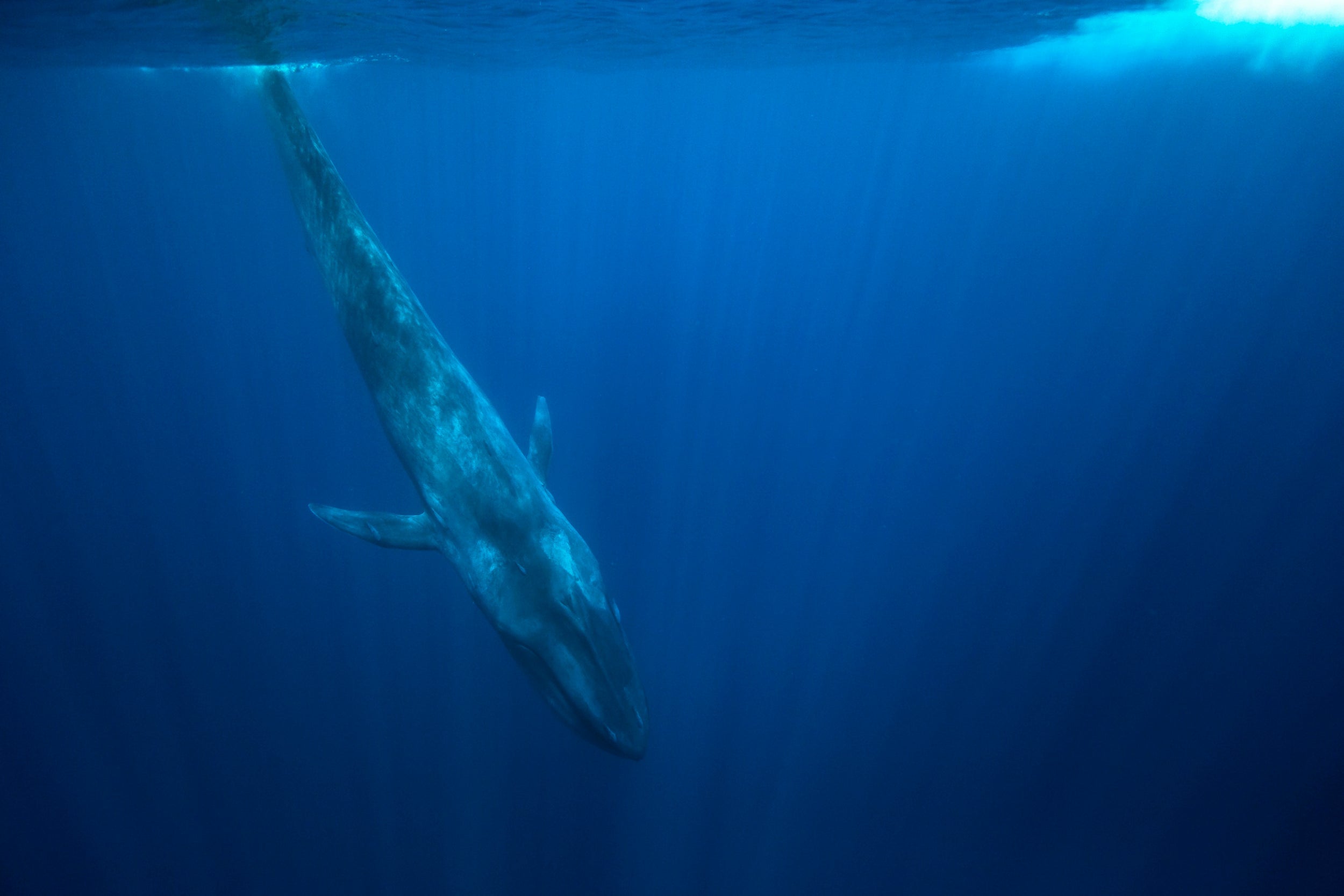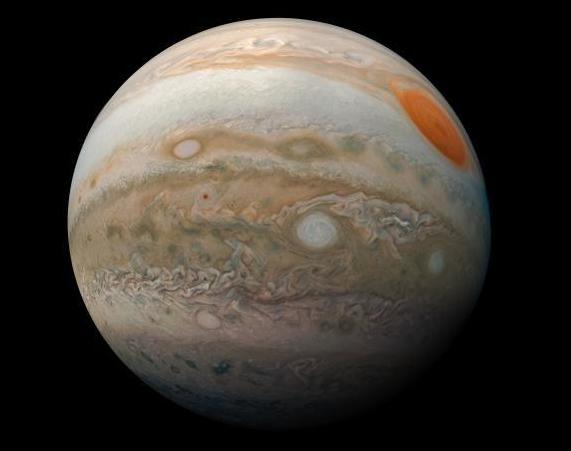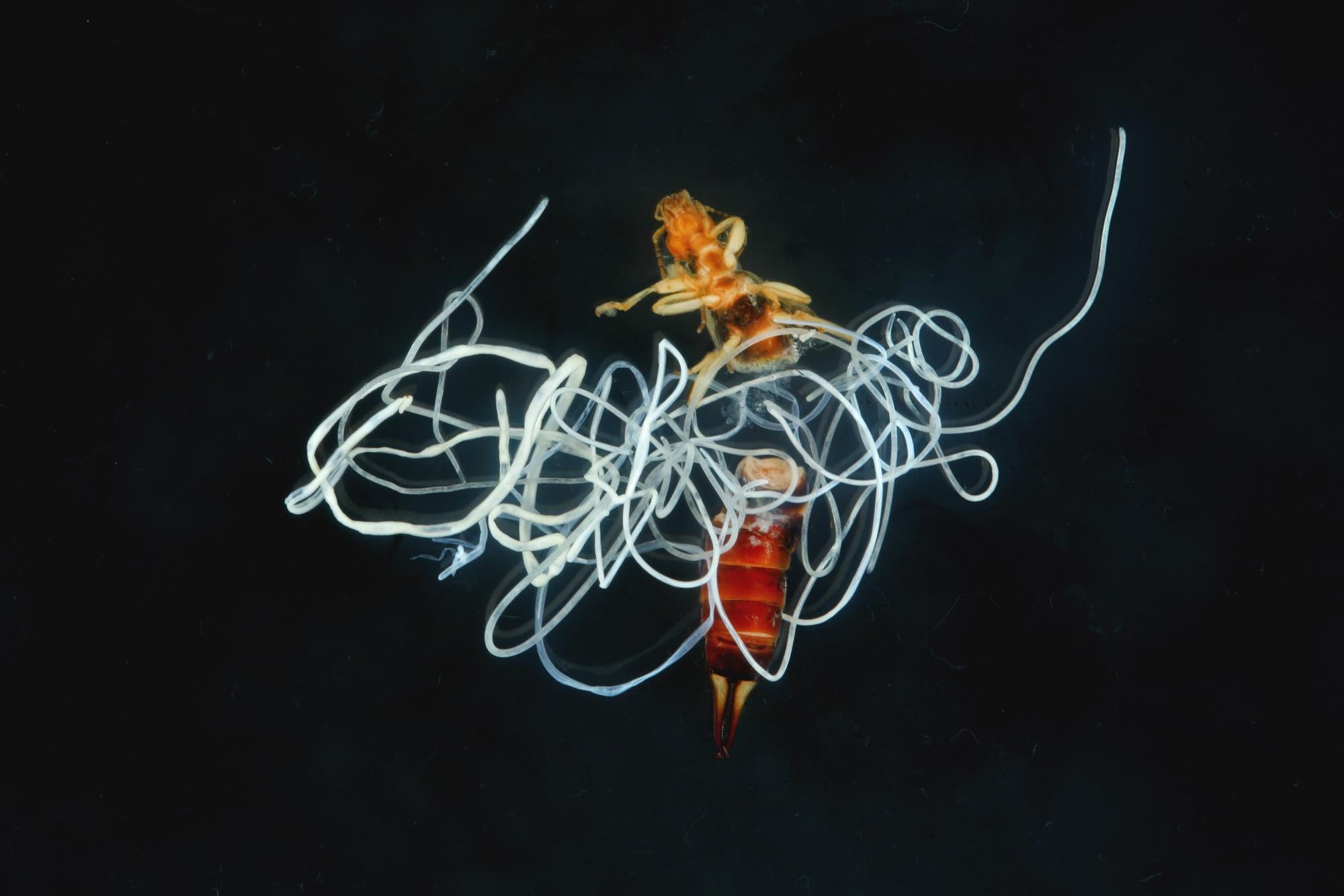Science news in brief: from blue whale hearts to Neptune's moons
And other news from around the world

Your support helps us to tell the story
From reproductive rights to climate change to Big Tech, The Independent is on the ground when the story is developing. Whether it's investigating the financials of Elon Musk's pro-Trump PAC or producing our latest documentary, 'The A Word', which shines a light on the American women fighting for reproductive rights, we know how important it is to parse out the facts from the messaging.
At such a critical moment in US history, we need reporters on the ground. Your donation allows us to keep sending journalists to speak to both sides of the story.
The Independent is trusted by Americans across the entire political spectrum. And unlike many other quality news outlets, we choose not to lock Americans out of our reporting and analysis with paywalls. We believe quality journalism should be available to everyone, paid for by those who can afford it.
Your support makes all the difference.How stalagmites get their shapes
Water drips from stalactites hanging from cave ceilings.
Each successive drop adds a thin layer of minerals to a growing stalagmite below. These remarkable structures are found on the floors of caves all over the world. Although they grow only a fraction of an inch each year, they serve as record keepers of past environmental conditions, such as droughts.
Simulations of their growth tend to assume that water droplets fall straight down, resulting in candlestick shapes. But that is not what is observed in nature. Stalagmites are found with cone, dome and even “pile-of-plates” formations, which resemble stacked dishes.
New research, published in Proceedings of the Royal Society A, sheds light on why stalagmites have diverse shapes. The study presented a physics-based model that shows that stalagmite forms are dictated by how far water droplets fall from their stalactite of origin. Drips that fall farther tend to result in wider stalagmites. These findings can be used to reconstruct a cave’s geometry over time, the research team suggests.
In 2015 and 2016, scientists visited seven caves in the south of France to understand this diversity.
Justine Parmentier, who led the data analysis and is pursuing an engineering doctorate at the University of Liege, and her colleagues found that the sizes of the falling droplets were remarkably similar, all about one-tenth of an inch in radius.
High-speed videos revealed that the droplets created a splash when they impacted a stalagmite. But the extent of the spray – up to roughly 0.7 inches in radius – was much smaller than the stalagmites themselves. That left the team wondering: What explained stalagmites’ widths?
The answer, the researchers realised, was that the water droplets were not falling in a straight line. “The drops don’t fall in the same place each time,” Parmentier says.
Most objects moving through a medium – air or water, for example – create a turbulent wake. Using Newton’s second law of motion, and considering the force applied by each individual vortex, the researchers calculated that water droplets falling from more than about 100 feet would be jostled enough to be displaced by up to a few inches.
This link between stalagmite shape and droplet fall distance can be used to better understand caves. For instance, it can be used to reconstruct how a cave’s height has changed over time because of events such as partial collapses.

Blue whale hearts may beat only twice a minute during a dive
Blue whales have a flair for paradox. They live in water but breathe air. They’re enormous – the biggest creatures that have ever lived, as far as anyone knows – but subsist almost entirely on tiny krill.
And as new research reveals, even the animal’s dunk tank-size heart jumps between extremes. In a study, published in the Proceedings of the National Academy of Sciences, a team of researchers for the first time attached an electrocardiogram tag to a free-diving blue whale to trace its heart rate.
They found that the rate ranged as low as two beats per minute and as high as 37. Such numbers paint a picture of an animal frequently pushing its own limits, and suggest that the whale is not only the largest animal ever but perhaps as large as an animal with a circulatory system can possibly be.
To learn the secrets of the blue whale’s heart, Jeremy Goldbogen, a marine biologist at Stanford University, led a team that attached a noninvasive suction-cup tag to a blue whale in Monterey Bay, California. The tag contains electrodes, a depth measurement sensor and a GPS tracker. It stayed on for eight and a half hours, and recorded data from a number of dives before it detached and floated to the surface. The researchers then tracked it down and reviewed its readings.
The data shows that when this whale descended, its heart rate plummeted, too. At the bottom of the dives, the whale’s heart rate hovered around four to eight beats per minute. At times, it fell all the way down to two.
In general, sticking to a slow rhythm while diving lets marine mammals conserve oxygen, so they can stay underwater for longer. But this is “just amazingly low” – far lower than the 11 beats per minute scientists had predicted, says Goldbogen. And it stays down around 8.5 beats per minute even when the whales are feeding, an energy-intensive process that involves lunging into clouds of krill.
Goldbogen credits the blue whale’s flexible aortic arch, which is able to hold about 90 per cent of the animals’ blood and slowly release it even when the heart is not actively beating.
As a whale climbs back to the surface, its heart rate rises again. By the time it reaches the surface, its blood is moving much more quickly, reoxygenising in preparation for the next dive.

Jupiter’s Great Red Spot isn’t dead yet
Jupiter’s Great Red Spot is shrinking, but that does not necessarily mean it is dying.
Earlier this year, amateur astronomers caught the red spot seemingly starting to fall apart, with rose-coloured clouds breaking away from the storm that is some 15,000 miles wide. In May, giant streamers of gas appeared to be peeling from the spot’s outer rim, blown into the winds circling the planet.
The spot – which is red for reasons not fully understood – has become smaller in recent decades. Some Jupiter-watchers wondered if they were witnessing the beginning of the Great Red Spot’s end.
“We beg to differ with that conclusion,” Philip S Marcus, a professor of fluid mechanics at the University of California, Berkeley said during a news conference at a meeting of the American Physical Society’s division of fluid dynamics in Seattle. In essence, Marcus says, the odd dynamics in the spot are just the result of weather on Jupiter, the solar system’s largest planet.
The Great Red Spot is an anticyclone – a high-pressure system that, because it is in the southern hemisphere, rotates in a counterclockwise direction. That makes it unlike hurricanes and other large storms on Earth, which are low-pressure weather systems, or cyclones, that rotate in the opposite direction of anticyclones. Cyclones also exist on Jupiter, but the warm air at the centres of Jovian cyclones often forms wispy clouds, or no clouds at all.
The clouds, at the top of Jupiter’s atmosphere, do not necessarily tell what is going on deep down, hundreds of miles below the Great Red Spot in the vortex that drives the storm.
“You can’t just conclude that if a cloud is getting smaller, that the underlying vortex is getting smaller,” Marcus says.
Through computer simulations, Marcus and his colleagues have been studying the dynamics of the Great Red Spot and other Jovian anticyclones.
The clouds of anticyclones do not always match the boundaries of the underlying vortex. But they also give clues to nearby cyclones.
The simulations indicate a coincidence of two phenomena accounts for the odd dynamics of the Red Spot. Every decade or so, a cyclone comes close to the Great Red Spot and the winds of the two systems collide and deflect at an angle.
“It’s like having two fire hoses aimed at each other,” Marcus says.

A dance that stops two of Neptune’s moons from colliding
Neptune is the loneliest planet in the solar system. The ice giant, orbiting the sun at a distance of 2.8 billion miles, is the only planet that cannot be seen by the naked eye. Along with Uranus, we have only paid it a single visit, back when Voyager 2 zipped by in the late-1980s.
Even harder to see are the planet’s handful of moons. The 14th was only officially detected in February, and little is known about most of the others. But by using a combination of Hubble observations, Earth-based telescopes and data collected by Voyager 2, scientists have unearthed a curious quirk of its two innermost moons Naiad and Thalassa. These tiny worlds are engaged in a dance routine that has never been seen in the cosmos.
“These two things are definitely doing something weird,” says Marina Brozovic, an expert in solar system dynamics at Nasa’s Jet Propulsion Laboratory and the lead author of a study published in the journal Icarus.
Thalassa’s orbit around Neptune takes about seven and a half hours to complete; Naiad, hewing closer to the planet, takes seven. The two travel no fewer than 1,150 miles of one another. Crucially, Naiad’s orbit is tilted with respect to its partner. It zips up and down, passing by Thalassa twice from above then twice from below, a cycle that repeats whenever Naiad has lapped Thalassa four times.
This may appear chaotic at first. But Naiad’s perfectly timed undulations provide orbital stability, says Brozovic. Every time these 60-mile-long, pill-shaped, icy moons line up, they are as far apart as they can get. Another, perhaps less meandering configuration could see the two diminutive moons move too close to each other and find their gravity fields entangled. This could irreversibly disturb their orbits, leading to a fatal collision or a dramatic expulsion from Neptune’s orbit.
Naiad and Thalassa’s periodic, repetitive cha-cha is not the only noteworthy orbital resonance in the solar system.
The resonance between the Jovian moons of Io, Europa and Ganymede causes tides inside Io, creating friction, heat and the solar system’s most active volcanic system. Jupiter itself is in resonance with the asteroid belt, with the gas giant’s immense gravitational pull keeping lanes within the belt conspicuously free of asteroids.
“Resonances have shaped the solar system,” says Brozovic, who adds that it was fascinating to discover a brand-new one so far from home.
“It’s neat when things surprise you.”

First the worm gets in the bug’s head. Then the bug drowns itself.
A few years back, Ryan Herbison, then a graduate student in parasitology at the University of Otago, painstakingly collected about 1,300 earwigs and more than 2,500 sandhoppers from gardens and a beach in New Zealand.
Then, he dissected and examined the insides of their heads.
This macabre scavenger hunt was in search of worms that lay coiled within some of the insects. The worms are parasites that force earwigs and sandhoppers to march into bodies of water, drowning themselves so the worms’ aquatic offspring can thrive.
“Like a back-seat driver, but a bit more sinister,” says Herbison, describing these mind-controlling parasites. “And sometimes they may just grab the steering wheel.”
Just how they do that, though, has remained a bit of a mystery. But in a paper, published in Proceedings of the Royal Society B, Herbison and fellow researchers reported that the parasites seemed to be manipulating the production of host proteins involved in generating energy and movement in their unfortunate hosts. The analysis is limited, but the researchers speculated that the parasites may be affecting neuronal connections in the bugs’ brains and perhaps even interfering with memory in a way that puts the hosts at risk.
Herbison and his colleagues suggested that if researchers could identify similar kinds of molecular changes in different hosts with different parasites, they could possibly see the strings the parasite is pulling.
Using 12 earwigs and 12 sandhoppers, the team investigated how infected insects differed from the uninfected. They took an inventory of the proteins being manufactured by the earwigs and sandhoppers, noting which were being made in greater numbers and which had declined.
They found that while very few proteins were changed in the same way in infected individuals of both species, the jobs the proteins had were often similar. For instance, 23 per cent of the proteins that changed in sandhoppers were involved in energy regulation and metabolism, and 39 per cent in earwigs. This fits with the higher levels of activity observed in infected insects.
“If you make them hyperactive and erratic, there’s a much higher chance that they might find a river or a stream or a pool to fall into,” Herbison says, speculating.
The findings of the study, which was small and primarily conducted to lay the groundwork for future research, suggest that the parasites may be manipulating the host’s neural circuitry for their own gain.
© New York Times
Join our commenting forum
Join thought-provoking conversations, follow other Independent readers and see their replies
Comments